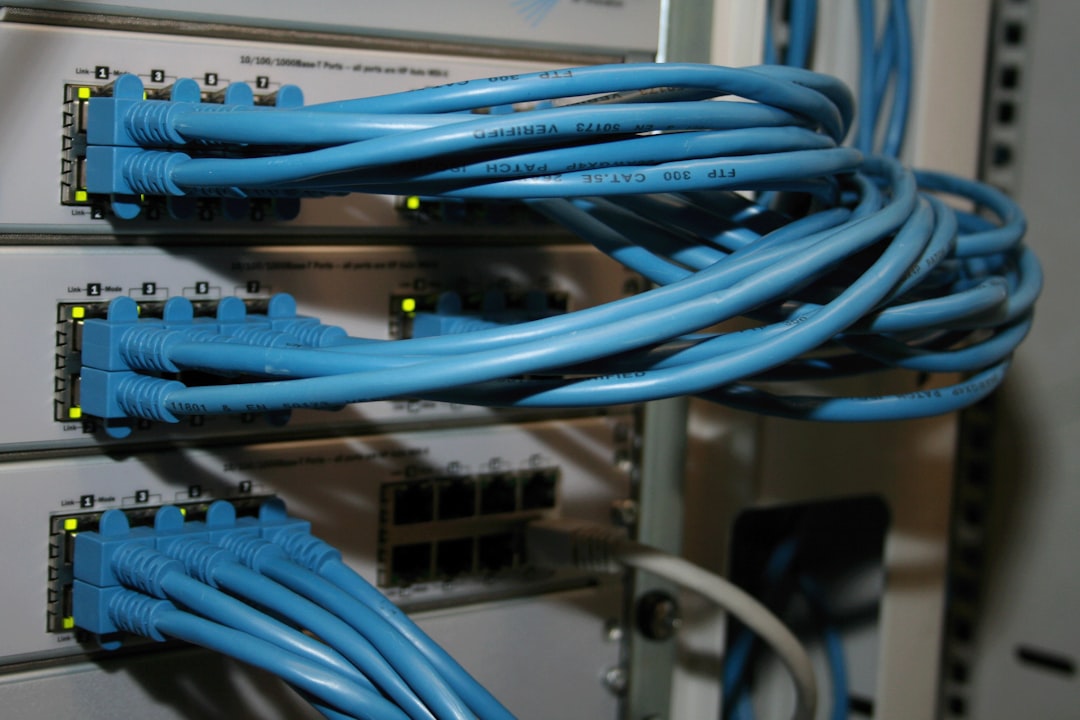Upgrading your Exchange Server might sound scary, but it’s easier than you think! With the right steps, you can move from an older version to a modern one without losing your emails (or your mind). Let’s break it down so it’s simple, quick, and maybe even a little fun.
Table of Contents
Why Upgrade?
Your old Exchange Server might be hanging on by a thread. Here’s why upgrading is smart:
- Security: Old versions don’t get updates. That means risk.
- Performance: Newer versions are faster and smoother.
- New Features: Better UI, more admin control, cloud integration.
Think of it like going from an old flip phone to a shiny new smartphone. Sure, the old one works… but why suffer?
Step 1: Know Where You Are
First, check your current Exchange version. You can do this quickly in PowerShell:
Get-ExchangeServer | Format-List Name,Edition,AdminDisplayVersion
Next, decide what version you want to upgrade to. If you’re still on Exchange 2010 or 2013, it’s definitely time to move.
Image not found in postmetaStep 2: Pick Your Path
You can’t always jump from one version to the newest one directly. Microsoft has “supported upgrade paths.”
Here’s a quick shortcut:
- Exchange 2010 → Exchange 2016 (then to 2019)
- Exchange 2013 → Exchange 2019
- Exchange 2016 → Exchange 2019 (easy path!)
Want cloud features? Consider a hybrid setup with Microsoft 365. You get the best of both worlds.
Step 3: Prep the Environment
Before installing anything, do these:
- Update your domain: Upgrade your Active Directory Schema.
- Check system requirements: RAM, CPU, OS version—it all matters.
- Back it up: Make a full backup of your Exchange Server. Just in case.
Follow Microsoft’s documentation closely for schema updates. One typo can mean trouble.
Step 4: Install the New Server
We’re getting into the action now!
- Install Exchange prerequisites (PowerShell, .NET, etc.).
- Run the Exchange setup.
- Choose settings: Mailbox roles, internet facing services, etc.
Tip: Use the graphical installer for ease, or go hardcore with command-line installation!
Step 5: Move the Mailboxes
Time to shuffle some data. Moving mailboxes can feel like moving house, but it’s much easier with the Exchange Admin Center (EAC).
- Go to EAC → Recipients → Migration
- Create a new migration batch
- Choose the mailboxes you want to move
Wait for the batch to complete, then test. Always test.

Step 6: Update DNS and Legacy URLs
Make sure email keeps flowing by updating DNS to point to the new server.
Got an old server? Redirect those legacy URLs (like owa.company.com) so users don’t get lost.
Step 7: Decommission the Old Server
You’ve tested everything. All mailboxes are moved. What now?
- Remove old connectors
- Uninstall Exchange cleanly
- Delete old DNS entries and records
Pro Tip: Keep the old server for a week or two—just in case you missed something.
Bonus: Monitor and Maintain
Now that everything’s shiny and new, keep it that way:
- Set up regular backups
- Enable monitoring/alerts
- Patch the system regularly
Wrap-Up
Upgrading Exchange Server isn’t rocket science. With the right steps, a good checklist, and maybe a coffee or two, you can do it smoothly.
And remember—you’re not alone. Microsoft has a ton of docs, and there are great tools and forums to help if you get stuck.
So go ahead—give your email system the upgrade it deserves!




